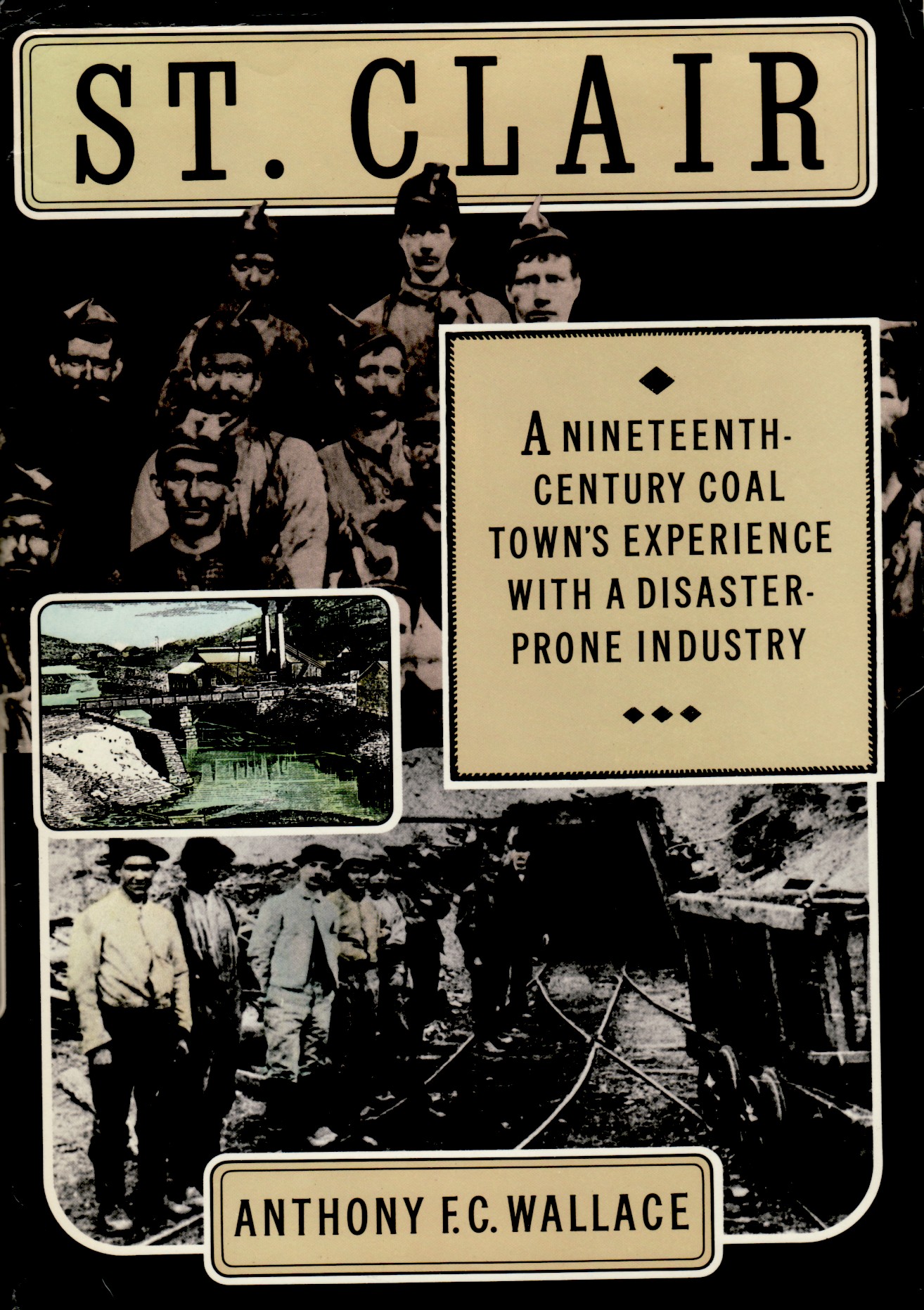St. Clair – A Coal Town’s Disaster-Prone Industry
Posted By Norman Gasbarro on August 31, 2016
In 1987, Knopf published Anthony F. C. Wallace‘s St. Clair, A Nineteenth Century Coal Town’s Experience with a Disaster-Prone Industry. St. Clair is located in the anthracite coal fields just a few miles north of Pottsville. While slightly outside the geographical area covered by the Civil War Research Project, there are several interesting observations that can be made, particularly in the area of resistance to the draft of July 1863.
- “In July 1863, a national conscription act was passed. Resistance was immediate…. In Schuylkill [County], the commander of the local regulars… reported to Washington that the miners of Cass Township had organized an anti-draft army of 2,000 to 3,000 men, commanded and drilled by discharged veterans, and possessed not only of small arms but some pieces of artillery. They had threatened… ‘to burn down the houses and coal breakers owned by Republicans’ and had served ‘cautionary notices’ on prominent citizens…. The army sent additional troops and, under cover of military force, conscription was effected by late August. By then hatred was intense on both sides. The military feared that if the troops were withdrawn, Pottsville would be ‘laid in ashes and a thousand barbarities committed.'” (page 327)
- “The immediate target of the draft resisters’ revenge seems to have been the colliery operators and mine superintendents who cooperated with draft officials and the military occupation, particularly those operators who supplied the authorities with colliery pay lists, from which the names of eligible draftees could be selected.” (page 327)
- “St. Clair men in the Union service, as volunteers or conscripts, were numerous, especially in the 48th Regiment [48th Pennsylvania Infantry]….[which] saw some of the heaviest fighting of the war…. Service in the 48th… would seem to have been almost as dangerous as working in the mines back home.” (page 328)
- “Nothing… suggests that Irish miners did in fact fail to bear their full share of the burden of service and casualties… but after the war the bitterness of some Irish conscripts and their families toward the mine operators… festered on….” (page 328).
Sources for the information on the draft resistance came from issues of the Miners’ Journal which was published in Pottsville.
 ;
;



Comments